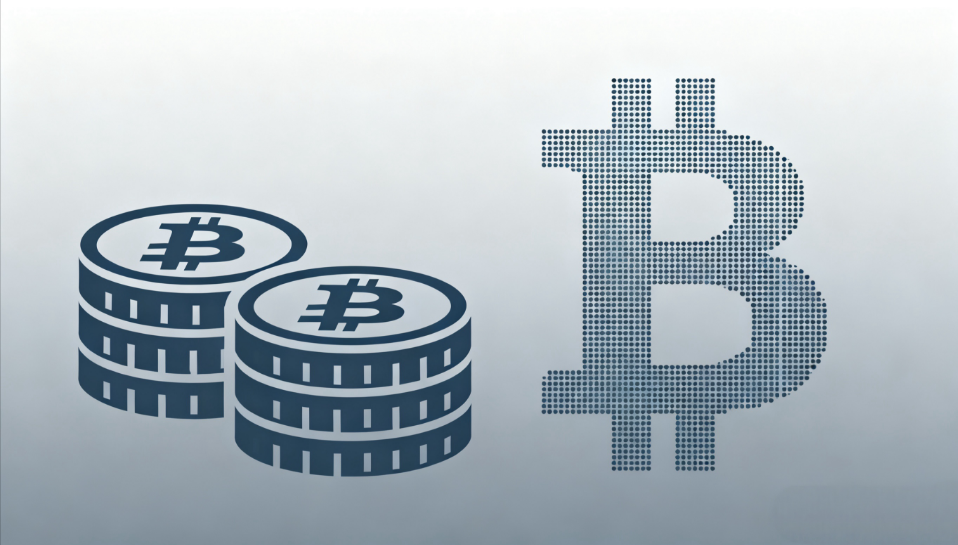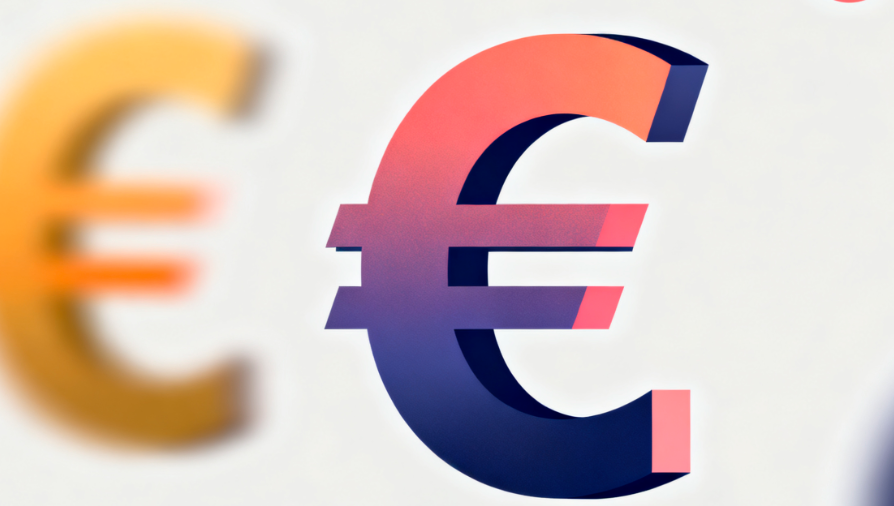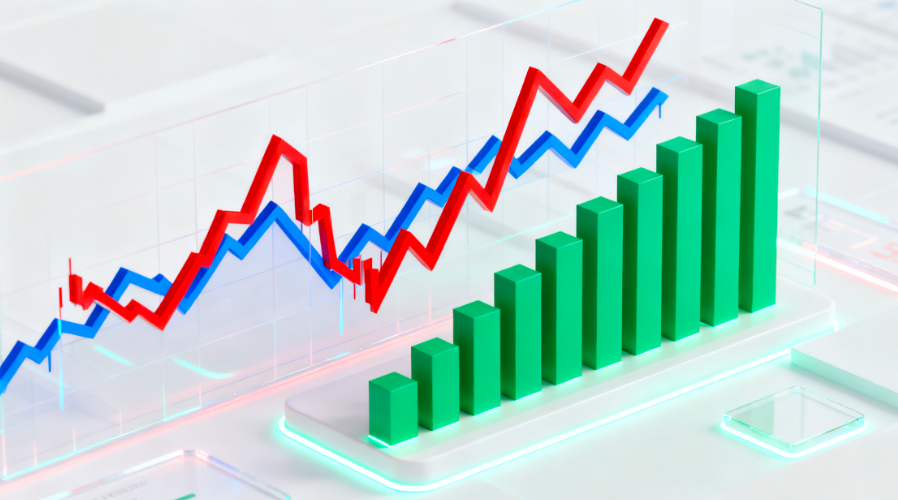
Which Tokens Have the Largest Buyback Scale?
Hyperliquid set the record for the largest token buyback year-to-date, with its assistance fund having spent over $644.64 million so far. Hyperliquid alone accounts for 46.0% of all token buyback expenditures in 2025, equivalent to the sum of the next nine largest token buyback amounts. It has repurchased at least 21.36 million HYPE tokens in total, representing 2.1% of its total supply.
The average monthly expenditure for HYPE token buybacks is $65.5 million, with a low of $39.14 million in March and a high of $110.62 million in August. As of now, the average buyback price for HYPE tokens is approximately $30.18.
LayerZero is currently the second-largest token buyback project, announcing in September a $150 million buyback of tokens representing 5.0% of the total ZRO supply from early investors. This brings the average buyback price for ZRO to $3.00, the highest level since May. However, LayerZero stated that this is currently a one-off, autonomous buyback, so it is likely to be surpassed by projects conducting regular token buybacks.
Pump.fun follows closely behind, ranking third with a buyback amount of $138.17 million, which is still growing. Since starting token buybacks in July, Pump.fun has spent an average of $40.47 million per month repurchasing PUMP. Although the buyback expenditure for PUMP is relatively low compared to HYPE, it is worth noting that Pump.fun has already repurchased tokens representing 3.0% of its total supply. The average buyback price for PUMP is $0.0046, meaning that following the cryptocurrency market plunge on October 11th, the tokens repurchased by Pump.fun are currently at a paper loss.
Meanwhile, Solana DEX Raydium has the highest expenditure on token buyback and burn, amounting to $100.35 million. Unlike the top three buybacks implemented this year, the RAY token buyback program has been in place since 2022.
Four other projects implementing buyback and burn programs are Rollbit ($27.93 million spent), Bonk through its launchpad Bonk.fun ($27.30 million), the Tron ecosystem's Sun platform ($3.03 million), and the exchange WOO ($1.68 million).
Overall, 28 notable projects have allocated funds for token buybacks in 2025. It remains unclear whether more projects will implement token buybacks, as the crypto community continues to debate whether buybacks are the best mechanism for returning value to token holders and aligning team incentives.
GMX, MPLX, and SKY Repurchased the Highest Percentage of Token Supply
The decentralized exchange GMX has repurchased 12.9% of its total supply year-to-date, spending $20.86 million to buy back 1.33 million tokens. However, GMX's buyback and distribution structure means that not all repurchased tokens are removed from circulation. GMX spends an average of $2.24 million per month on token buybacks, ranging from $1.23 million to a peak of $5.81 million in April.
Following closely is Solana issuance platform Metaplex, which used half of its protocol revenue, amounting to $13.78 million, to repurchase 6.5% of the total MPLX token supply for its DAO. MPLX token buyback expenditures ranged from $650,000 to $2.57 million per month, averaging $1.38 million monthly.
Since its launch in February, Sky Protocol's token buyback program has cumulatively accounted for 5.4% of the total token supply, using $78.82 million in surplus revenue year-to-date, making it the token with the third-highest buyback ratio. SKY token buyback expenditures fluctuated between $2.96 million and $18.31 million per month, averaging $9.68 million monthly.
In contrast, token buybacks by Jito and Chainlink, spending $1 million and $10.45 million respectively, accounted for only 0.05% of their total token supply year-to-date. Among the top ten projects by token buyback amount, Ethena and Aave had the lowest buyback ratios, at just 0.6%.
Excluding buyback-and-burn programs, the 23 token buyback projects examined here repurchased an average of 1.9% of their respective total supplies. So far, 14 out of the 23 projects have repurchased less than 1.0% of their total supply.
What is the 2025 Token Buyback Expenditure?
As of now, the total expenditure on token buybacks in 2025 has exceeded $1.4 billion. Against the backdrop of criticism towards token economic models with low circulation/high fully diluted valuation (FDV), the promotion of the token buyback mechanism by Hyperliquid's assistance fund has made it a key topic. That said, the average total monthly expenditure by all projects on token buybacks this year has reached $145.93 million.
Although there was a surge in token buyback expenditure in September, this was due to LayerZero's one-off buyback announcement, which did not specify the exact timing of the buyback execution. Excluding the ZRO buyback, token buyback expenditure in September was only $168.45 million.
Nonetheless, token buybacks increased significantly in the second half of the year, with buyback expenditure growing 85.0% month-over-month in July. As of the first half of October, token buyback expenditure has reached $88.81 million, on track to exceed the first-half monthly average of $99.32 million for the fourth consecutive month.
Methodology
This research examined the total value of token buybacks executed by various projects between January 1, 2025, and October 15, 2025, based on data compiled from official project tracking systems, announcements, or other reliable sources. Buyback expenditure is denoted in USD, calculated based on relevant source data or estimated using CoinGecko's daily price data; similarly, the number of tokens bought back was estimated as needed. Circulating supply and total token supply data come from CoinGecko. Average monthly buyback expenditure is calculated based on completed months only, while the average token buyback price is calculated based on the year-to-date total.
Tokens with direct burn mechanisms or procedures were not included in the study, although direct burning is similar to buyback-and-burn.
















